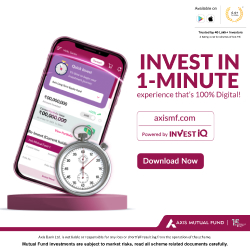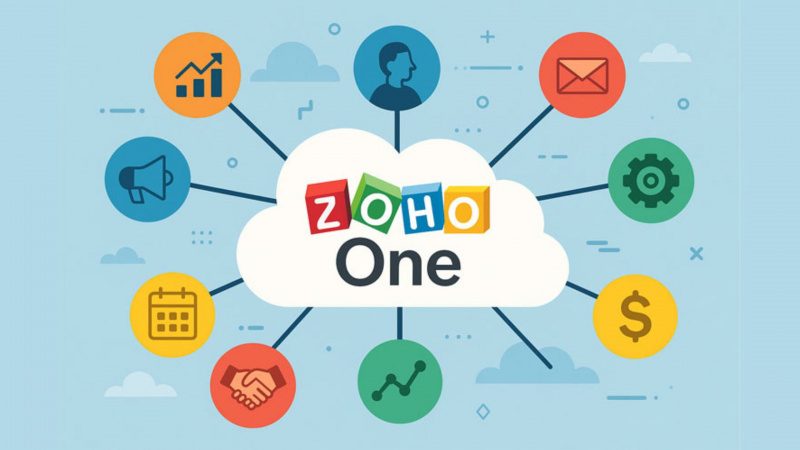Some key learning’s and takeaways from the Enterprise Readiness Score of Indian Startup Ecosystem!
Microsoft Accelerator in Bangalore came out with an ecosystem report ranking 151 B2B (business-to-business) and B2B2C (business-to-business-to-consumer) start-u
- by B2B Desk 2016-11-30 06:28:30
To be successful in any business, it is very important to visualize your project deliver capability. This assessment will not only help you in addressing the risk and complexities of your planned projects, but also help in estimating your level of readiness for the future projects. A lot of start-ups’ often fail in aligning the people, processes and the governance required in the successful execution of the projects. With the improving capabilities of the start-ups, the Enterprise Readiness Score may vary and change from time to time. Say on a scale of 1 to 5, your score will be zero in case the project requirements and the required competencies is not in place. Surprisingly, even if the requirements and the competencies are in place, as per experts and researchers, you still stand on a scale of 3-4 on the enterprise readiness score.
Microsoft Accelerator in Bangalore came out with an ecosystem report ranking 151 B2B (business-to-business) and B2B2C (business-to-business-to-consumer) start-ups in India. The ranking was based on an ‘enterprise readiness score’ assigned to each of the start-ups, which were selected out of a pool of over 500 enterprise-focused start-ups. The parameters chosen were:
· Customer traction
· Funding velocity (Considering the total funds and the number of rounds) and
· Size of the company.
In the most basic terms, enterprise readiness is a measure of efficiency of a start-up in handling multiple users with a minimum downtime. Having enough customers is a sign of greater confidence and makes the concept easily saleable. Funding or money plays one of the most crucial roles in scaling up of all the operations. So the amount of money raised by the start-up is a very clear indicator of the strength of the start-up and its long term profitability. The third and the final parameter is to ensure that the start-up has adequate back end support to run the business. An engineering team to build new features, sales team to sell the product, the support team for the customers, team to support smooth operations and so on!
Banking: Over years financial institutions have faced challenges like authentication, security issue, low penetration, absence of infrastructural support, lack of initiatives, etc. As a result, to overcome these roadblocks, the banks worked closely with FinTech start-ups to offer futuristic solutions. The Banking start-ups which made this list were able to raise a considerable amount of funding with increased amount in each round. These start-ups have built very strong in house systems to support the customer interaction. It was also found that the regulatory challenges often hamper the early adoption of the banking start-up solutions.
Manufacturing sector- Automation is changing the face of manufacturing industry. The government initiatives further enhanced by the IoT driven solutions are leading to ground breaking innovation in this sector. The prime reason why these start-ups get easy high velocity funding is that manufacturing has a very high growth potential. The use of automation is surely attracting a much larger customer base and at the same time reducing the dependence on human resource for the work to get completed.
Retail and supply chain- Retail and supply chain industries have faced problems like low production, infrastructure, decreasing margins, delivery issues, etc. Start-ups in this segment are filling this gap with innovation. Though they have very moderate customer traction, there has always been a need to large workforce to cater to the customers. Its high growth potential is the reason of higher level of funding.
Healthcare- Healthcare start-ups are giving the customers an access to smart health services. The healthcare industry has been suffering from problems like rigid policy framework, infrastructure, limited access to consultation across the country, lack of engagement tools, etc. The healthcare start-ups have innovated with services like easy appointment booking, digitized records, personal fitness apps,
Security- Security start-ups have seen a lot of growth because of the increasing cyber attacks, data leakages, rising corporate fraud and so on. The next generation security solutions include blocking of online security threats, click fraud protection, sending of files that cannot be copied, elimination of paperwork, etc. In fact, it is one of the start-ups who have increased consumer traction.
Some Key Takeaways- As per the report shared by Microsoft Accelerator:
- 50% of the Enterprise Ready start-ups are in the Healthcare, Retail and Banking sectors. Being driven majorly by optimization, these three sectors have emerged as the biggest adopters of the enterprise technology solutions.
- Data Sciences and Security start-ups find it easiest to find customers as they are driven by the broad base of customers and sectors that these start-ups can address natively.
- Start-ups catering to Banking sector find it easier to raise funds as these start-ups are at the forefront of the digital transformation of India.
- Demand of data sciences, IT/ITES and Security is on the rise.
- Banking, EdTech, and Security are catching the maximum investor attention.
POPULAR POSTS
Pine Labs IPO 2025: Listing Date, Grey Market Premium, and Expert Outlook
by Shan, 2025-11-05 09:57:07
India’s Largest Unicorn Startups in 2025: Rankings, Valuations, and Trends
by Shan, 2025-09-18 10:32:48
Swiggy Launches Toing App in Pune to Serve Affordable Food Delivery — What It Means for the Market
by Shan, 2025-09-16 12:29:08
Trending Startup Ideas for 2025: Where Innovation Meets Opportunity
by Shan, 2025-09-05 11:56:43
19 Best Business Ideas to Start in India 2025: From Low Investment to High Demand
by Shan, 2025-09-03 10:58:15
Razorpay Business Model Explained: How the Fintech Giant Makes Money in India
by Shan, 2025-08-05 12:10:28
How CRED Reimagined Credit Card Rewards into a Billion-Dollar Fintech Empire
by Shan, 2025-08-04 12:28:03
RECENTLY PUBLISHED

Loan EMIs to Drop as RBI Slashes Repo Rate - Full MPC December 2025 Highlights
- by Shan, 2025-12-05 11:49:44

The Agentic Revolution: Why Salesforce Is Betting Its Future on AI Agents
- by Shan, 2025-11-05 10:29:23

Top 10 Insurance Companies in India 2026: Life, Health, and General Insurance Leaders Explained
- by Shan, 2025-10-30 10:06:42

OpenAI Offers ChatGPT Go Free in India: What’s Behind This Big AI Giveaway?
- by Shan, 2025-10-28 12:19:11

Best Silver Investment Platforms for 2025: From CFDs to Digital Vaults Explained
- by Shan, 2025-10-23 12:22:46





 Subscribe now
Subscribe now 